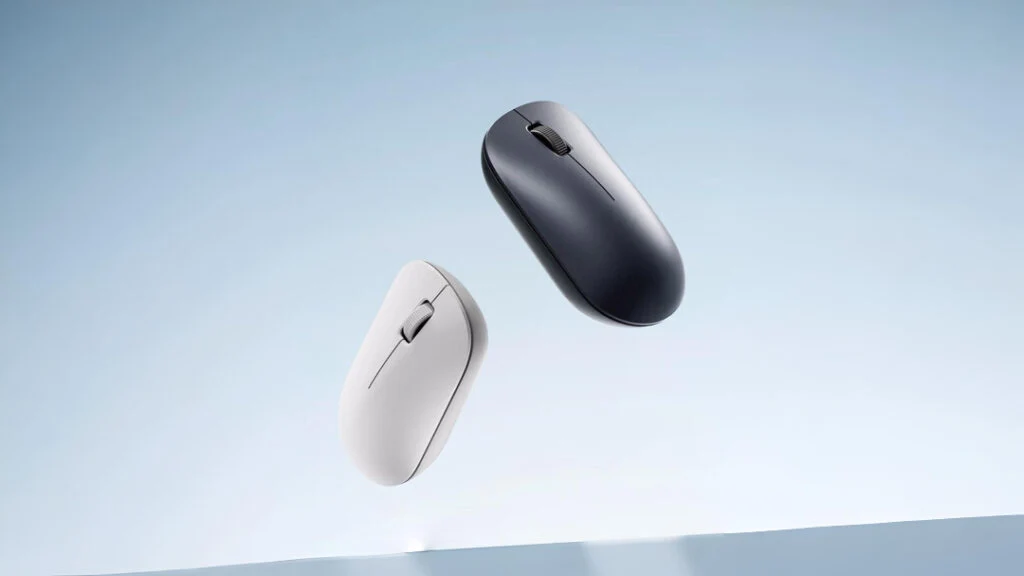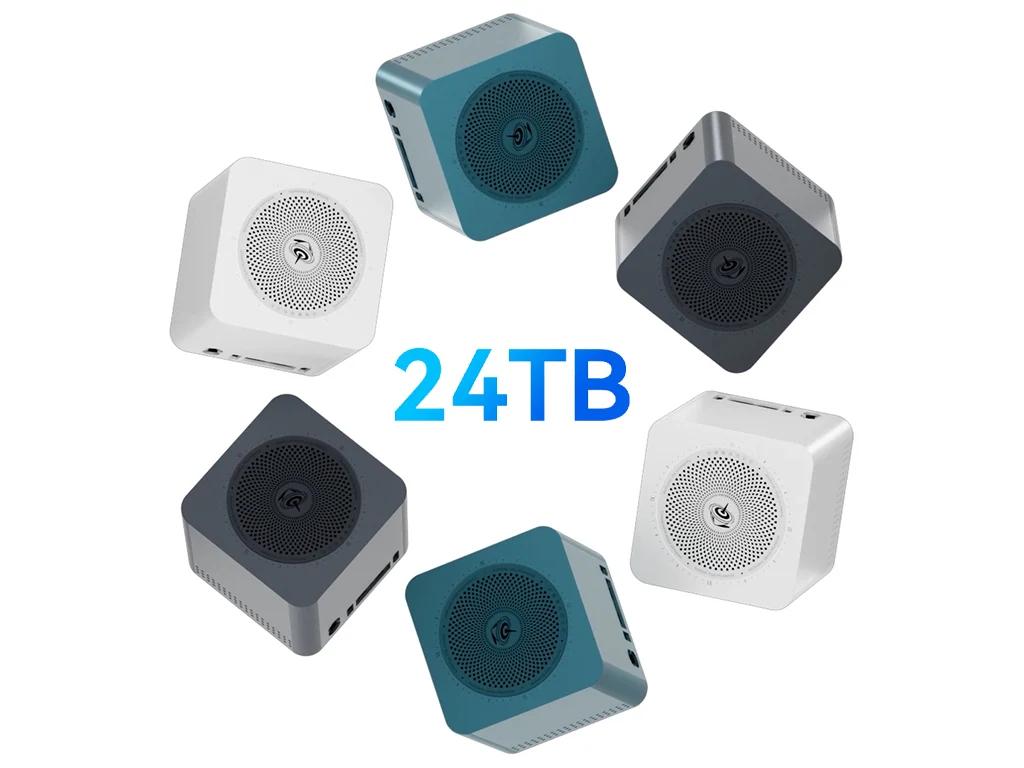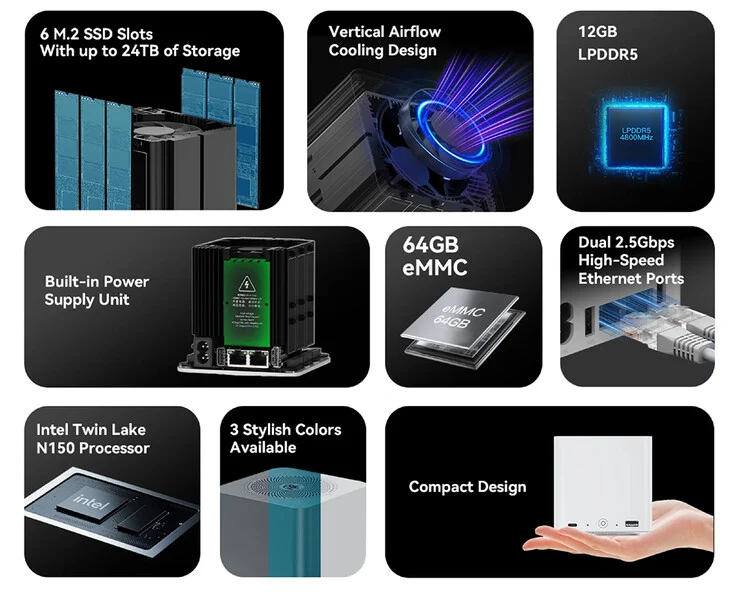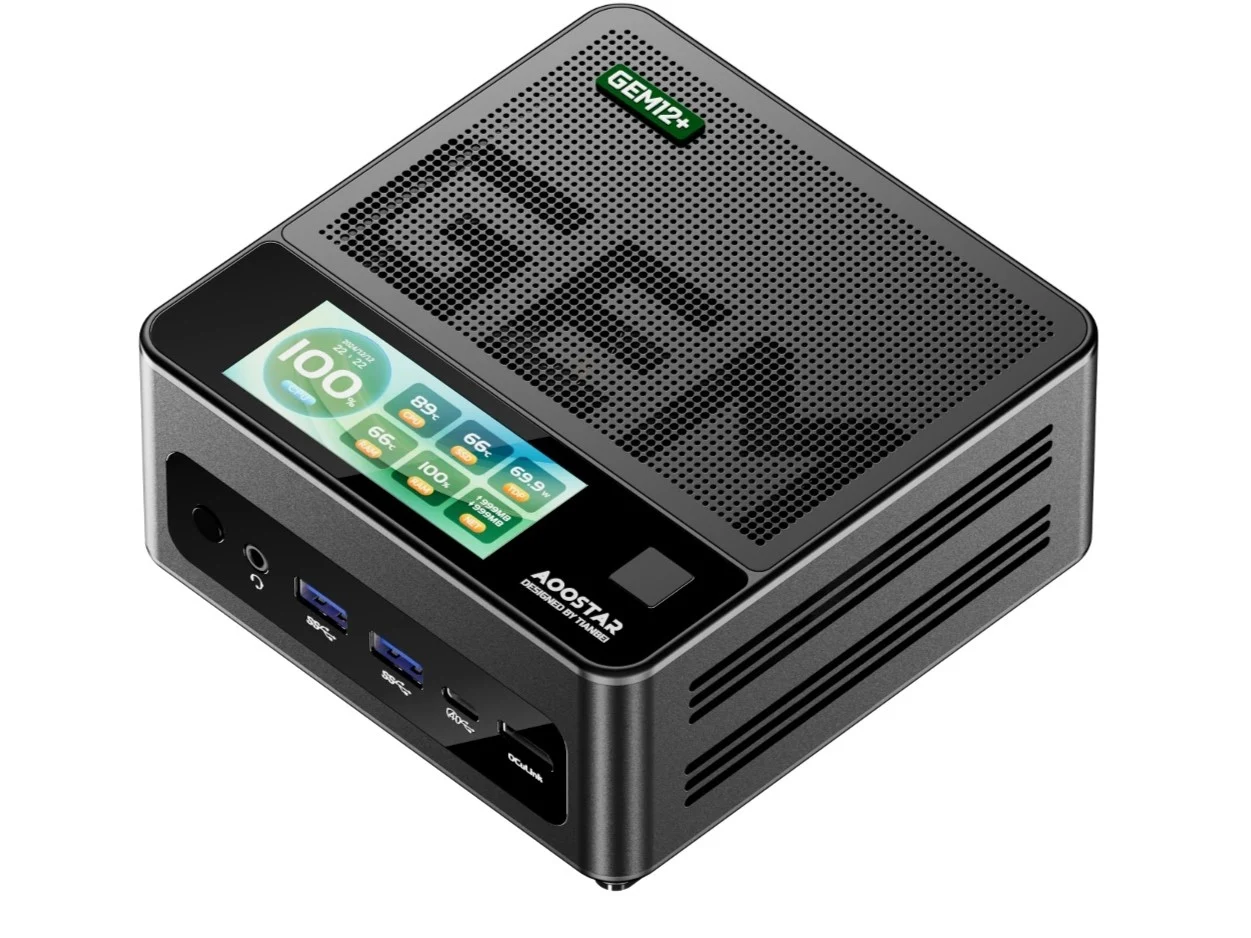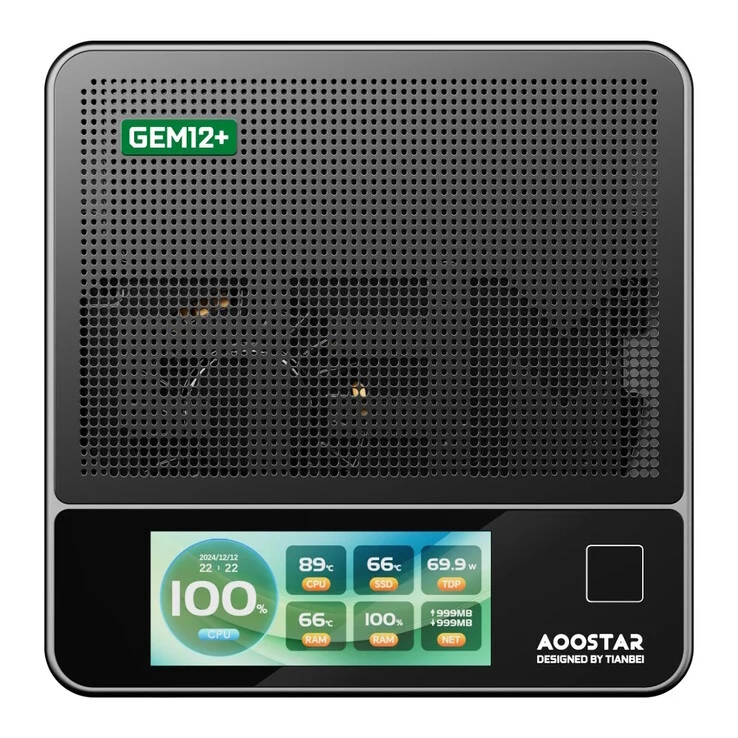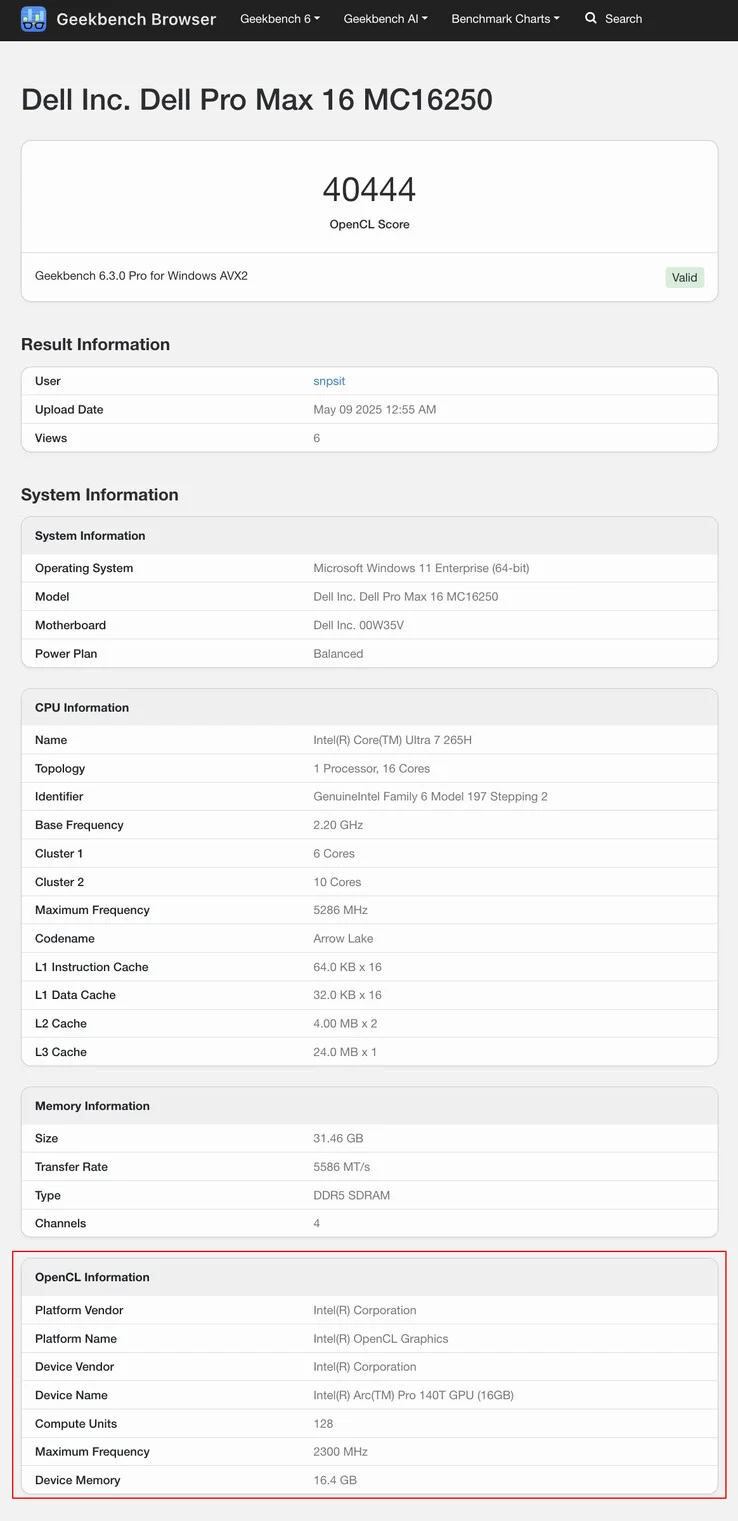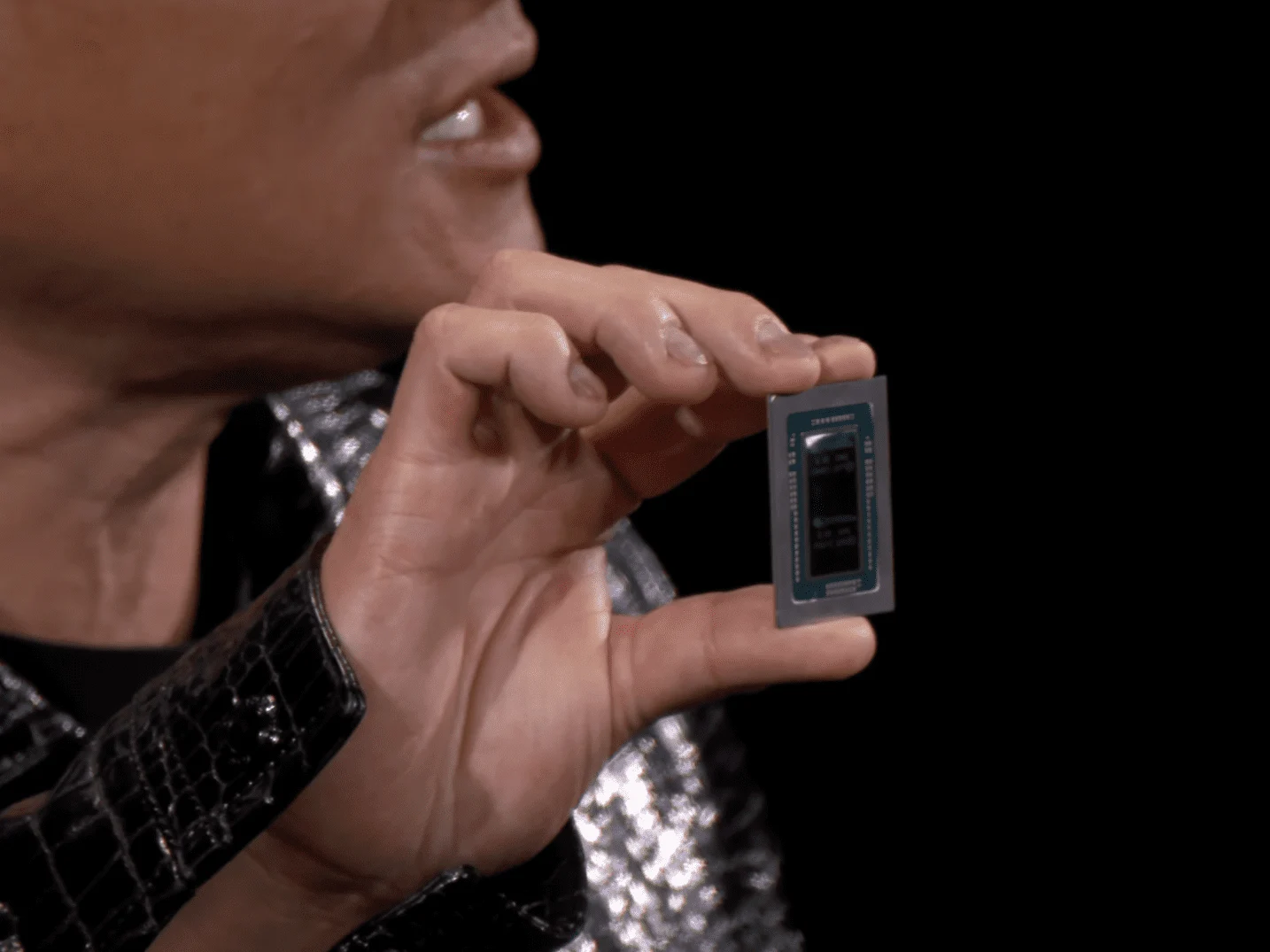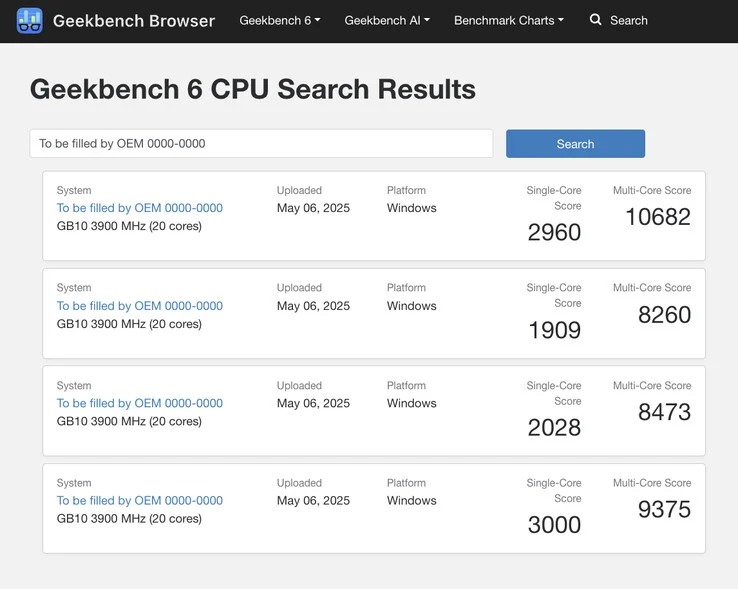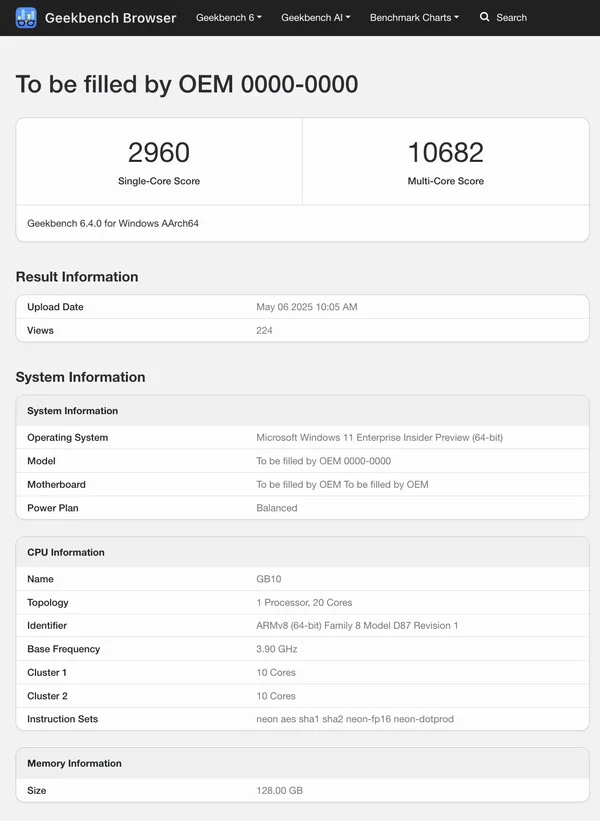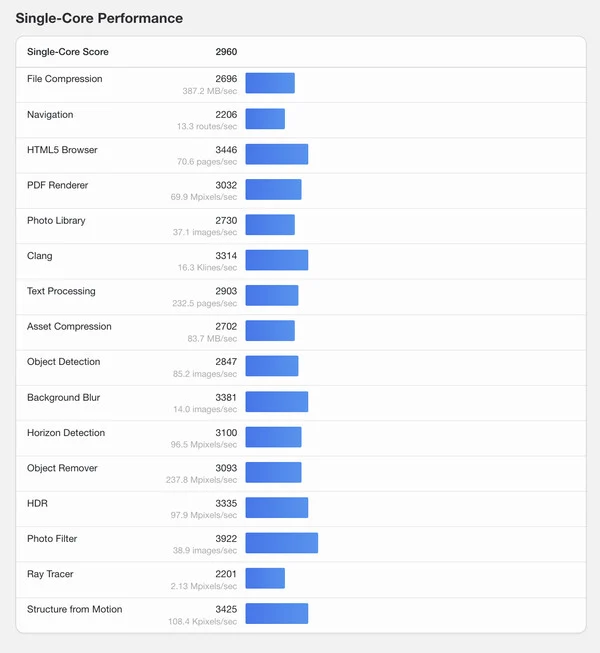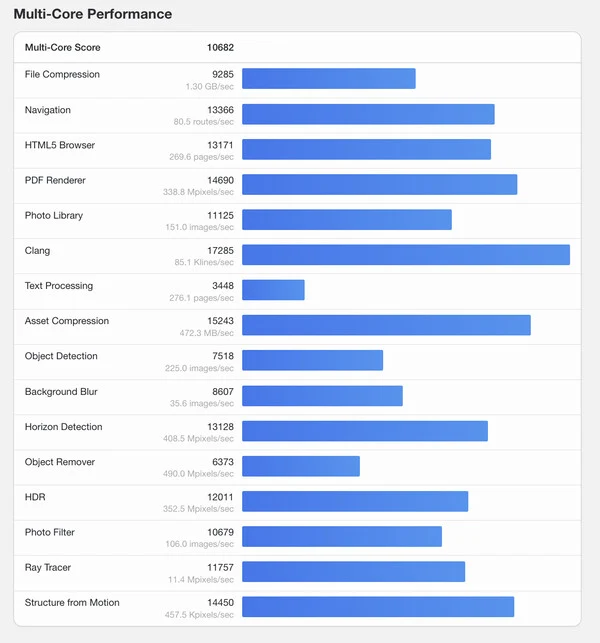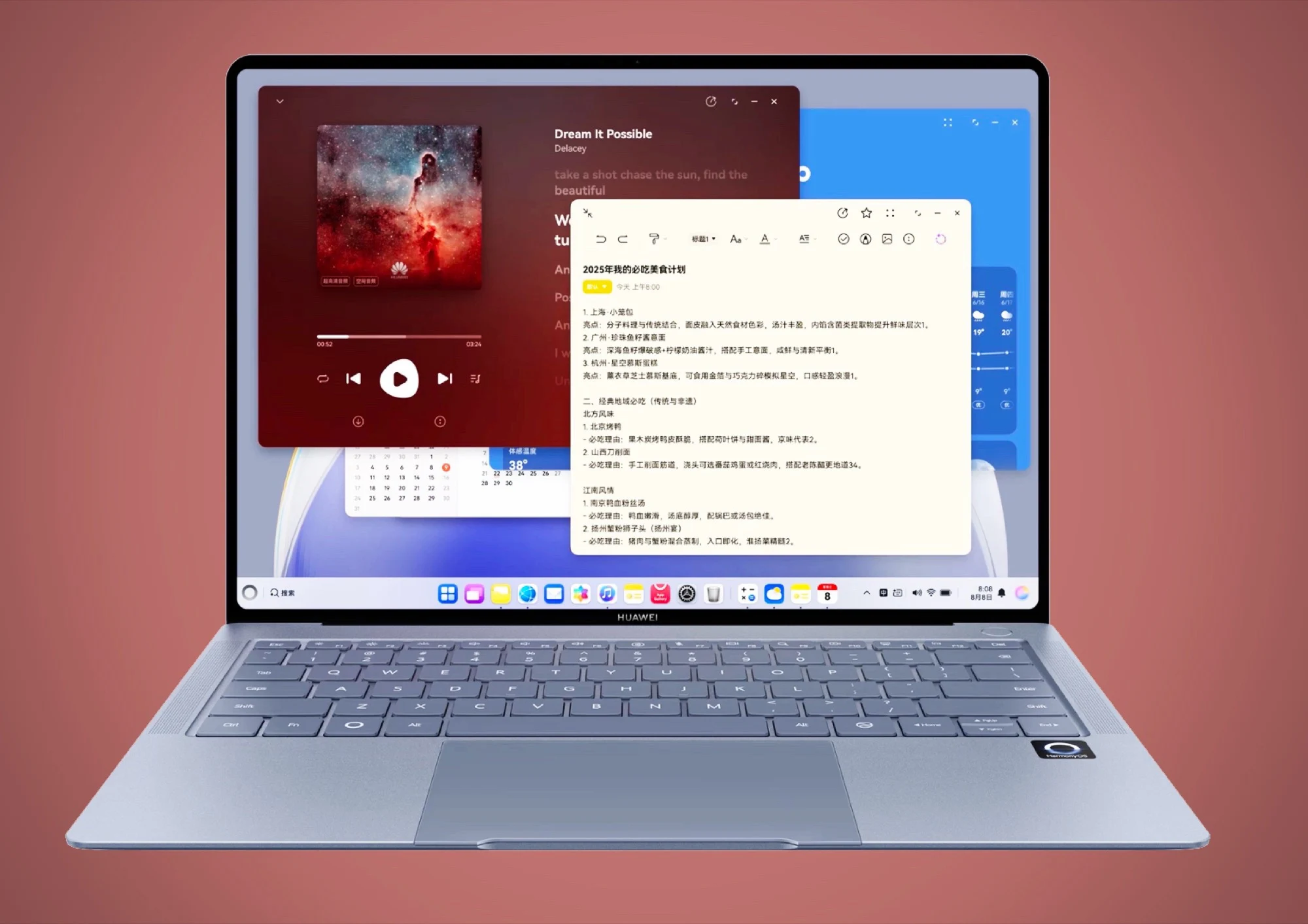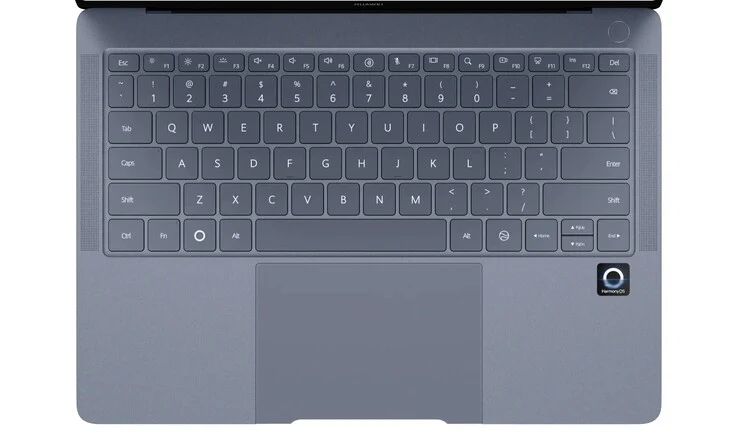Key Takeaways
1. Affordable Pricing: The Xiaomi Wireless Mouse Lite 3 is priced at 39 yuan (about $5.40) and is available for pre-order, with deliveries starting on May 14.
2. Minimalist Design: The mouse features a sleek, one-piece design in two colors (Deep Space Black and Plain White Grey), emphasizing comfort and aesthetics.
3. User Comfort: Weighing around 45 grams, the mouse is designed to fit comfortably in the user’s palm, accommodating various grip styles and reducing wrist strain during prolonged use.
4. Wireless Connectivity: It uses 2.4GHz wireless connectivity with a USB receiver that can be stored inside the mouse, enhancing portability and convenience.
5. Performance Features: The mouse includes a 1000 DPI optical sensor for reliable tracking, and PTFE feet for improved gliding efficiency, though it lacks Bluetooth and rechargeable battery support.
Xiaomi has launched the Wireless Mouse Lite 3 in China, expanding its range of budget-friendly peripheral devices. This new model is available for pre-order on JD.com and other retail websites. The price is set at 39 yuan (about $5.40), with deliveries expected to start on May 14.
Design and Comfort Features
The mouse comes in two color variations: Deep Space Black and Plain White Grey. Xiaomi maintains its minimalist design philosophy, featuring a sleek one-piece look that integrates the buttons into the smoothly curved body of the device. This design eliminates any sharp edges, yielding a softer appearance that fits well in different work environments.
Weight and Usability
The mouse is shaped to fit the user’s palm, enhancing comfort for long periods of use. Xiaomi states that the mouse weighs around 45 grams without batteries, making it light enough to reduce wrist strain during extended sessions. The design accommodates various grip styles and hand sizes, appealing to those seeking a simple, versatile pointing device.
Connectivity and Practicality
It features 2.4GHz wireless connectivity through a small USB receiver, which can be tucked away in a compartment beneath the mouse’s back cover. This design helps to prevent loss while traveling. Xiaomi’s receiver compartment design is similar to previous products, focusing on convenience and a cable-free experience.
Performance Specifications
The Lite 3 includes a 1000 DPI optical sensor that provides reliable tracking for typical work and study activities. It ensures smooth and steady cursor control that is adequate for everyday productivity, web browsing, and office tasks.
Additional Features
The bottom of the mouse is fitted with PTFE (Polytetrafluoroethylene) feet to enhance gliding efficiency. These self-lubricating feet reduce friction on surfaces, allowing for a smoother experience on desks or mouse pads. However, it does not support Bluetooth connectivity or rechargeable batteries, operating instead on a standard AA cell.
Xiaomi has also unveiled the Mijia Wireless Floor Scrubber 4 Max, which boasts a patented edge-cleaning arm and powerful 23,000Pa suction. Additionally, the company has released a 256L three-door refrigerator featuring antibacterial cooling, HyperOS integration, and other smart functionalities.

